Our main test involves using a DataColor Spyder Elite 5 Colorimeter to assess a display’s image quality. The device sits on top of the screen while the software generates colour tones and patterns, which it compares against predetermined values to work out how accurate the screen is.
The results show –
- A monitor’s maximum brightness in candelas or cd/m2 at various levels set in the OSD.
- A monitor’s contrast ratio at various brightness levels in the OSD.
- The brightness deviation across the panel.
- The black and white points
- The colour accuracy, expressed as a Delta E ratio, with a result under 3 being fine for normal use, and under 2 being great for colour-accurate design work.
- The exact gamma levels, with a comparison against preset settings in the OSD.

We first run this test with the display in its default, out-of-the-box state, with all settings on default. We then calibrate the screen using the Spyder software and run the test again.
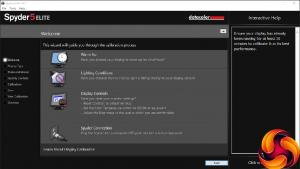
We always test the display subjectively on the Windows desktop, using it for general tasks such as browsing and word processing, and with games as well, even if the display is not intended solely for that purpose. We pay careful attention to any artefacts, ghosting or motion blur, and enable any gaming specific features, such as adaptive-sync settings like G-Sync, using a compatible graphics card in our test PC.
In the case of the AOC, we performed the primary testing at the native 1,920 x 1,080 resolution with brightness and contrast both set to 50 per cent (unless the test specified otherwise). The monitor was set at its only refresh of 60Hz. Our test system was equipped with an NVIDIA Quadro K2200.
The gamut is excellent, with 100 per cent of sRGB and a very high 87 per cent of AdobeRGB. This is clearly a very good underlying IPS panel.
Brightness uniformity isn't perfect, with a fair bit of aberration on the sides and corners.
Colour uniformity, however, is extremely good until you get up to 100 per cent brightness.
Brightness goes well beyond the rated 250cd/m2 at 100 per cent. The black level goes up too by quite a bit as you raise the brightness, with a small increase in contrast. The white point also increases in temperature a little, from 7100K at 0 brightness to 7300K at 75 per cent brightness and above. This implies that colour fidelity will change as you increase the brightness.
There is no variance across the OSD presets at all. Because there aren't any OSD presets.
There aren't any gamma modes either. The default, however, corresponds to a reasonably sensible 2.3, which is close to what most people will use anyway.
Colour accuracy is merely passable at 2.77. So far, this isn't looking great for a screen associated with one of the world's leading performance car brands.
So, more than most monitors we have tested, we wanted to see if a bit of calibration could improve matters, which again was performed using the Spyder. However, with no colour temperature control or RGB variation available, the only thing we could do was increase the brightness. The end result was a setting of 66 instead of 50.
Not surprisingly, nothing had happened to the gamut, with the same 100 per cent of sRGB and 87 per cent of AdobeRGB.
Gamma was still at 2.3 too, although now completely spot on the default curve for this level.
Amazingly, colour accuracy had improved dramatically, to 0.92. Considering all that we did was raise the brightness by 16 per cent, this is an incredible result, and saves the PDS241's bacon. We'd recommend upping brightness to this level and leaving it there, because you then get an extremely faithful display.
We also tried some games. With 60Hz, no FreeSync, and a 4ms response, this is not a monitor aimed at the gamer. The motion blur is evident in fast-paced action, and although you can overdrive the pixels we found this just caused a different sort of ghosting rather than improving things significantly.
Overall, the exceptional colour accuracy (once you have adjusted the brightness) means that this screen will please the discerning office worker, and it's great for watching video on too. But it's not a gaming screen, or for professionals either due to the lack of adjustability.
 KitGuru KitGuru.net – Tech News | Hardware News | Hardware Reviews | IOS | Mobile | Gaming | Graphics Cards
KitGuru KitGuru.net – Tech News | Hardware News | Hardware Reviews | IOS | Mobile | Gaming | Graphics Cards






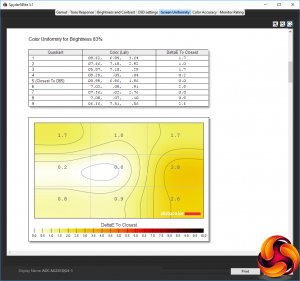

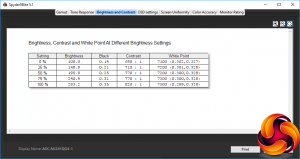
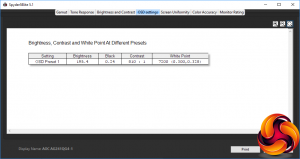
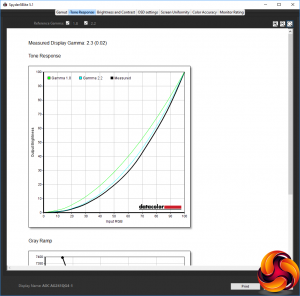
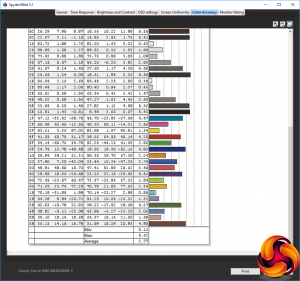


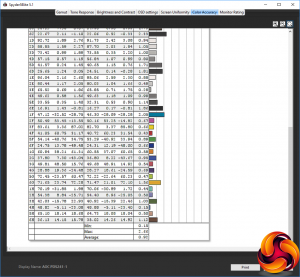

I get paid in the range of $6,000-$8,000 monthly working online. For anyone willing to complete easy online jobs for 2h-5h a day at your house and get valuable profit in the same time… This is a gig for you…Read more here> DELICIOUSURL.COM//34
jyurtu
Most graphics cards don’t offer display? Are you smoking meth???